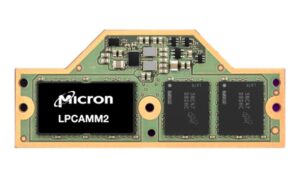When you have a excellent product like the DJI Mic, it is hard to find ways to improve. Surprisingly and to the delight of folks who need a microphone for their video work, the Chinese company has brought handy improvements to the new DJI Mic 2.
The followup comes with a more robust-looking case made of sturdy plastic. With an eye for detail, DJI has included a clasp that helps to ensure the contents do not spill out while in the bag.
The new carrying case is also bigger than in the previous model. This means more space in the bag, but it also holds a bigger 18-hour battery charge that easily lasts a day of usage.
There are also a few notable changes to the receiver and transmitter/microphone units. The microphones now come with a transparent cover that gives off a futuristic vibe that I like.
The new version has changed the on/off button with the record button to make it easier to start recording using my right thumb rather than the index finger.
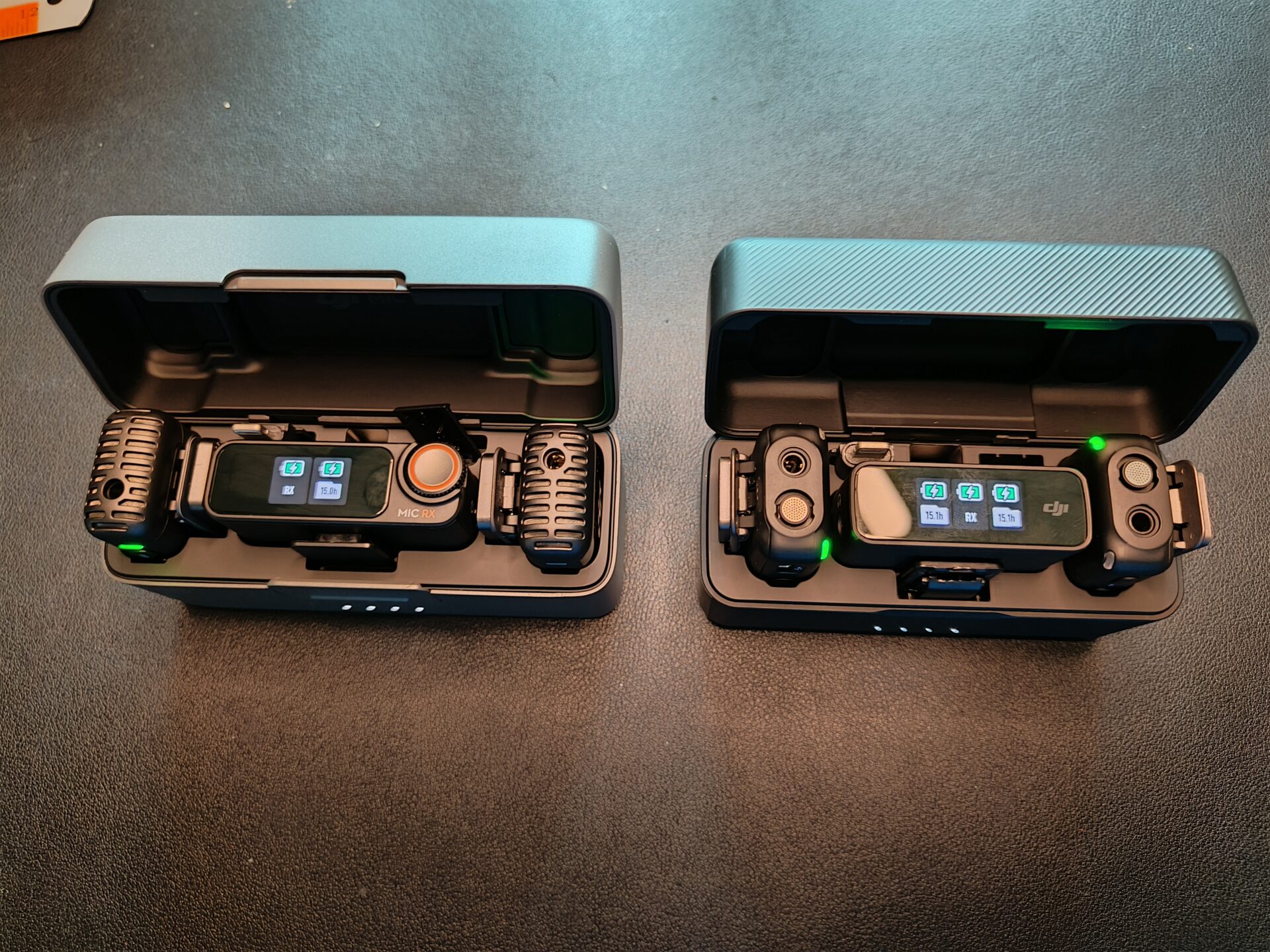

Placing a wind muffler or ‘DeadCat’ to reduce wind noise is also easier. To install the wind muffler, I would hook it up to a 3.5mm port on a camera.
This design is much better than the DJI Mic’s small attachment button, which is a pain to use. Only downside is, you won’t be able to use an external microphone with the muffler.
Like the DJI Mic, the Mic 2 can establish audio signals from as far as 250m away, at least on paper. I did a quick test by separating the recording devices and microphone at a distance of 10m and a closed door. The camera can still record my voice with clarity.
The new DJI Mic 2 now has noise cancellation to ensure loud and clear audio recordings.
The DJI Mic 2 can use audio recording presets based on your camera. Go to the Receiver device menu and dive into Recommended Camera Settings to choose your camera and model.
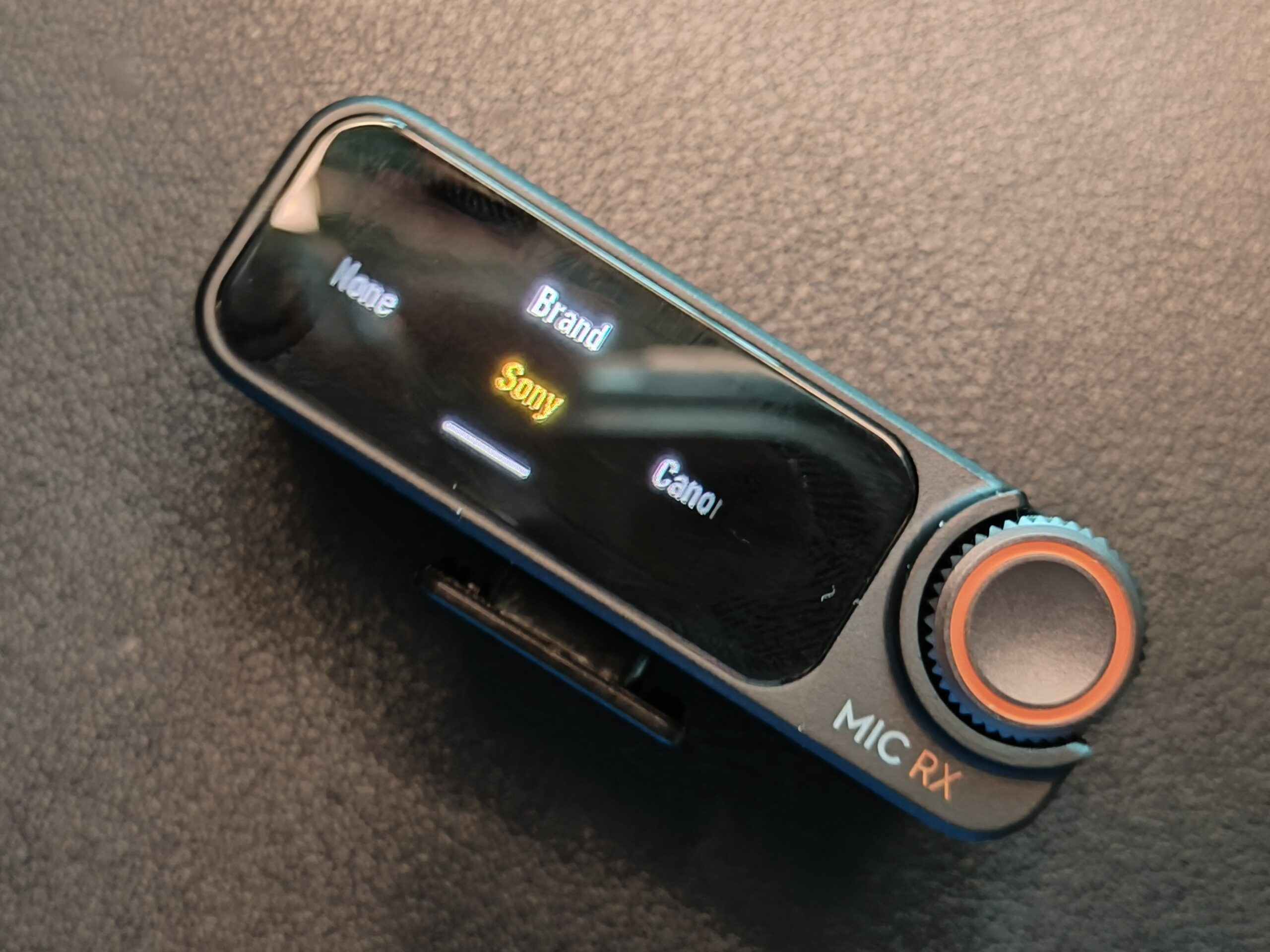
Cameras from Sony, Nikon, Canon, Panasonic, and Fujifilm are supported at the time of writing this review. If this feature is important to you, check with DJI to ensure your camera model is included in the list before purchasing. As of now, there is no list online to check against which did not help with purchasing decision.
That said, even without the recommended settings, the DJI Mic 2 should work well with some minor tweaking to the microphone gain level. So, the feature is a plus to have but not a deal breaker if your camera isn’t supported.
The microphone can also record internally without the receiver. With 32-bit float internal recording, it provides high dynamic range recordings which can adapt better to noisy sound environments. It can also provide a backup copy should the camera fail to receive any signals from the microphone.
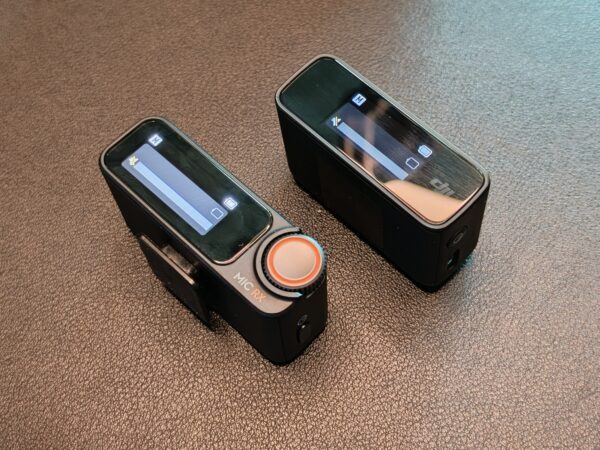
Other welcome additions include a scroll wheel and an “enter” button. This navigation system makes it easier to scroll through the menu than having to swipe your finger on the receiver’s small screen.
For me, the main selling point of the DJI Mic 2 should have been the direct Bluetooth connection between the microphone and a smartphone. This means you should be able to use it without a receiver user, which will be handy for vlogging.
The bad news, however, is that the DJI Mic 2 did not work at all with my Android smartphones this way. I can see that my phone is connected to the microphone but was unable to record my voice during video recording. Only with the receiver unit did my video camera manage to record my voice. In other words, you’ll still need the receiver for many Android devices until DJI solves the issue.
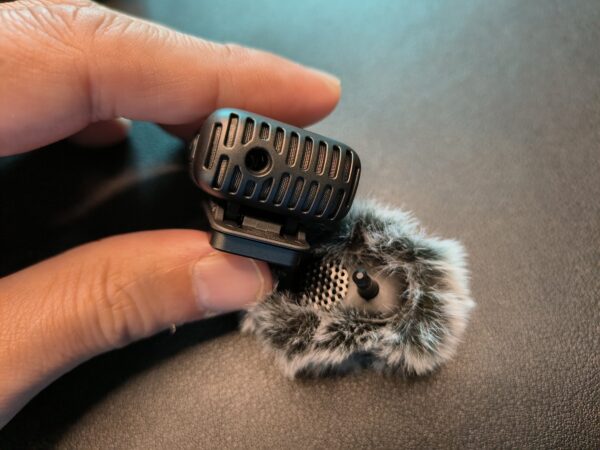
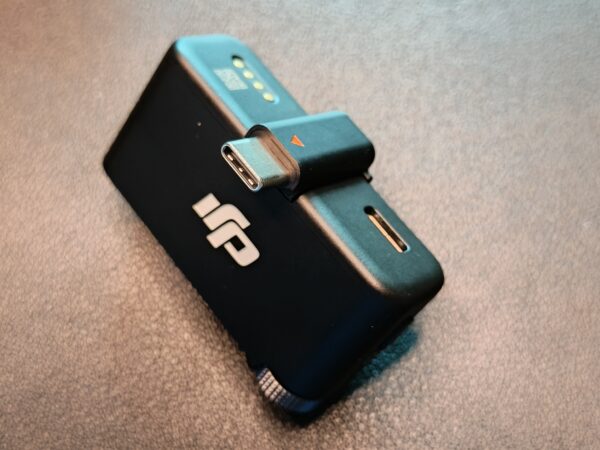
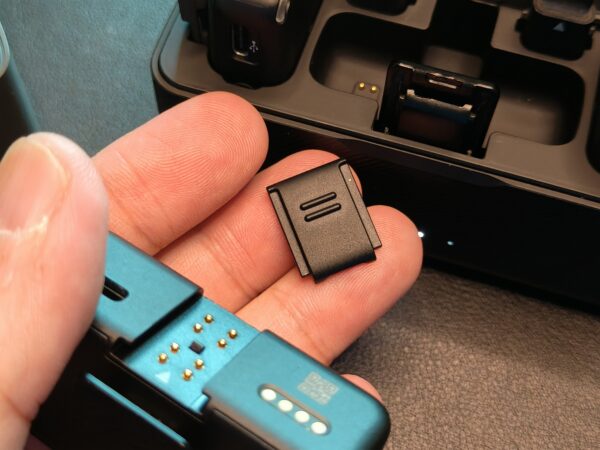
I recommend getting the original DJI Mic if you do not need Bluetooth connectivity and noise-reduction capability. Android smartphone users should wait until DJI resolves the Bluetooth connectivity before buying one.
If you have the current DJI Mic I would say the motivation to upgrade is not strong, even though the Mic 2 has the useful AI Noise Cancelling feature.
Still, the new DJI Mic 2 is worth checking out. A kit that comes with two microphones and one receiver will be on sale at US$349 at the DJI online store.

